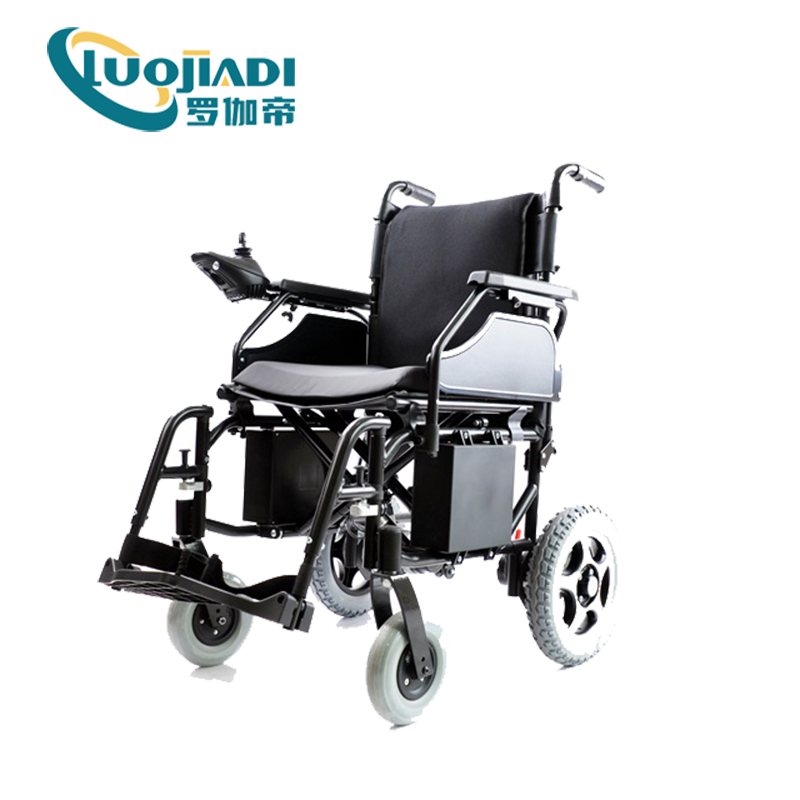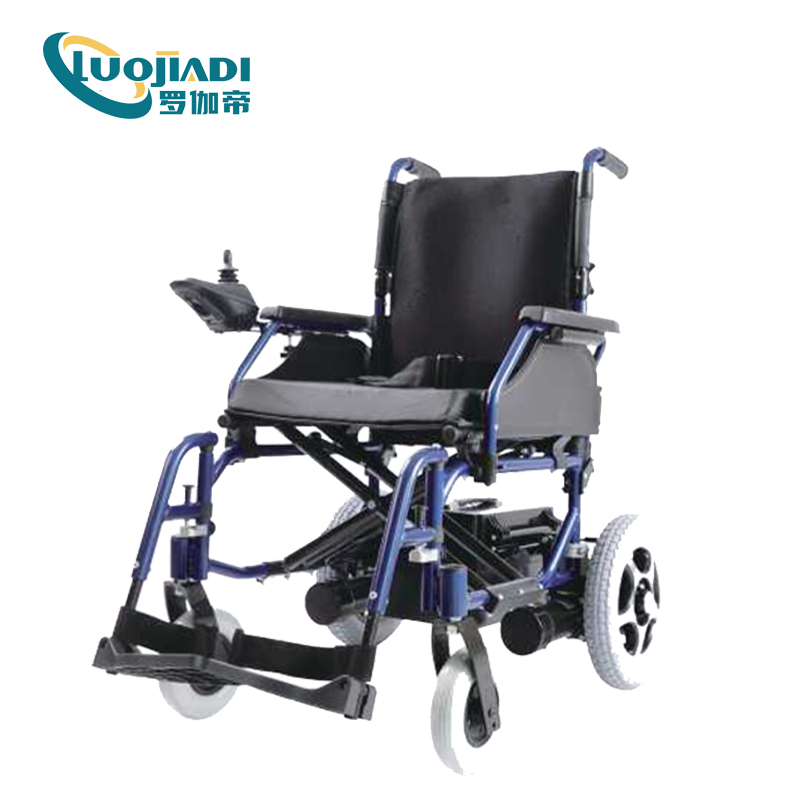First, cultivating and cultivating the former cultivator weeding 3 times (with topdressing fertilizer), after pulling ridges to pull large grass 2 times (to avoid competing with the water and fertilizer for peanuts), cultivator to achieve "the first time deep, two times shallow, three times fine." The first time was before the clearing; the second time was 15 to 20 days after the clearing; the third time before the soil was cultivated.
Second, topdressing due to leakage of sand leakage serious, in order to prevent late defermentation, generally topdressing to prevent later defermentation.
1. Pay attention to the application of foliar fertilizer. Peanuts are leguminous crops such as phosphorus, molybdenum, and boron. In the middle and late stages of the growth of peanuts, it is advisable to use top-dressing methods to supplement nutrients through the absorption function of stems and leaves. Spraying micro-fertilizer can generally increase the yield of pods by 10% to 15%. 1 spray phosphate fertilizer. During the middle and late stages of peanut growth, 0.2% to 0.3% potassium dihydrogen phosphate solution or 2% to 4% calcium superphosphate solution was sprayed on the foliage. Every 7 to 10 days spray fertilizer 1, even spray 2 or 3 times. In the later period of sand, it is easy to de-fertilize. When the leaves are yellow, 150-200 grams of urea can be added, and 60-75 kg of liquid per acre is appropriate. 2 Spray molybdenum fertilizer: In the peanut flowering stage or next needle stage, use 150-200g ammonium molybdate per acre, water 60-75kg, spray 1 or 2 times on leaf surface, interval 7 days, mixed with phosphate fertilizer solution . 3 spray boron fertilizer: mu with 100 ~ 150 grams of borax, with a small amount of hot water after the opening, the water 50 ~ 60 kg, spray 1 ~ 2 times. Pay attention when spraying, there is dew, rainy days and noon on sunny days. Do not spray, and spray evenly.
2. Reapply flower and fruit fertilizer. The absorption of nitrogen, phosphorus, and potassium fertilizers during the flowering period and the tillering period accounted for 78% to 89% of the total fertilizer requirement for the entire growing period. Therefore, during this period, top dressing should be based on the field appearance of peanuts. In the absence of nitrogen, the leaves are light yellow and small, and the veins are chlorogenic. The recovery of nitrogen fertilizer should be 15 to 20 kg per mu; in the absence of phosphorus, the plants are stunted, the leaves are blue-green, and they roll upwards, and should recover 7.5 to 10 kg of ammonium diphosphate; When the potassium is lacking, the edges of the leaves are dry, the young stems and leaves turn yellow, and the roots are weak, and 10-15 kilograms of potassium sulfate can be recovered from the mu.
Three, soil in a large number of fruit before the needle into the soil, when the field has just closed ridge, a small number of fruit needles have been buried, the soil in time to meet the needle. The method of earth-cultivation is deep ramming, deep sloping, shallow sloping back, keeping the ditch not damaging the root, cultivating soil without pressure vines, cultivating narrow grooves, ridge fat, and concave concave M-shaped ridges, and creating a strong knot to the soil. Conditions to facilitate the timely injection of fruit.
Fourth, watering peanuts require large amounts of water in the later period. The suitable soil moisture is 60% to 70% of the field water holding capacity. The ability to hold water in the sand is poor. On the basis of sowing the film, pay attention to timely watering. When the soil moisture content is less than 50%, it should be watered immediately, and it is better to use small water for rapid ditch irrigation, and to stop irrigation when the wind is strong.
V. Controlling and promoting steady growth The plots of main stems exceeding 40 centimeters or stems growing more than 1 centimeter in the main stems at the flowering stage and the pod stage of each plant are sprayed with B9 in an amount of 800 to 1000 times in a timely manner to achieve control of crops. Steady growth and increase production. Spray on the stems and leaves, no more than 50 kilograms of liquid per acre. Care should be taken to prevent liquid flow to the fruit pin. In addition, during the flowering period of peanuts and the period of pods (interval 7-10 days), Jindele-peanut special type was sprayed once and the effect of increasing yield was obvious.
Sixth, pest control
1. Leaf spot: At the beginning of the disease, 50% carbendazim 1000 times or 80% mancozeb WP can be used 500 times, 60-75 kilograms per acre, 7-10 days apart, and spray twice.
2. Rust: At the beginning of the disease, spray is used to prevent and cure with 12.5% ​​speed Poly WP 4000-5000 times.
3. Locusts: When the rate of alfalfa strains in peanut fields reaches 5% to 10%, spray control with 10% imidacloprid wettable powder 3000 times solution or 40% dimethoate emulsion 1000-1500 times solution.
The fundamental difference from traditional electric scooters, battery scooters, bicycles and other transportation tools is that electric wheelchairs have intelligent operating controllers. According to the different operation methods, there are rocker-type controllers, and controllers controlled by various switches such as the head or blowing system. The latter is mainly suitable for severely disabled people with upper and lower limbs. Nowadays, electric wheelchairs have become an indispensable means of transportation for the elderly and the disabled. It is suitable for a wide range of objects. As long as the user has a clear consciousness and normal cognitive abilities, the use of electric wheelchairs is a good choice, but it requires a certain amount of space for activities.



power wheelchair,hospital use, homecare product, surgucal equipment
Shanghai Rocatti Biotechnology Co.,Ltd , https://www.ljdmedical.com